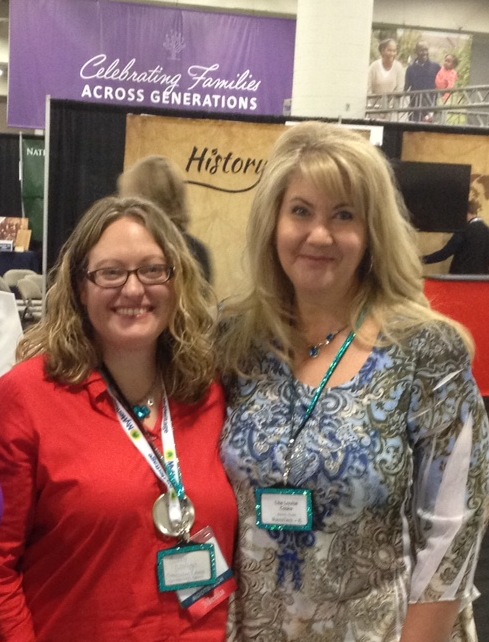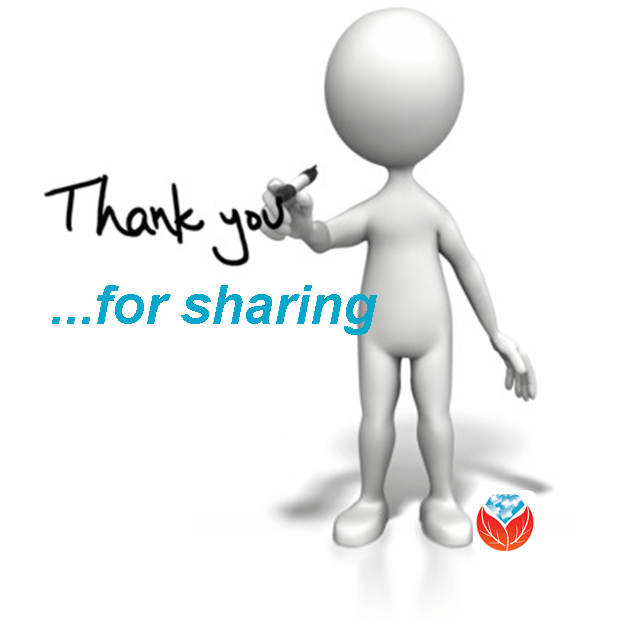Blog


How to Name Sources in RootsMagic 7
How to name sources in RootsMagic 7 is a matter of personal preference. My preference? Simply and consistently!
Helen recently transitioned from Mac Family Tree 7 to RootsMagic 7. She sent me this question about how to name sources in RootsMagic:
“I stripped out all sources from my old file before exporting the GEDCOM because I wanted to start fresh with a consistent system in RootsMagic 7. I have watched their webinars for sourcing and understand the basic how-to. I’d love to hear your strategy for naming your sources… say census records. If the names are too general, then you have a lot of data entry for each incident. But if the name is too specific, your source list gets very long very quickly. Do you add ID numbers to your sources?
Thanks to Helen for the question! Naming your sources in RootsMagic is really a personal preference, so the first rule of thumb is not so much about what you call them, but rather that you do so consistently. If you have a naming convention that you follow that works, having a very long list won’t be as intimidating.
I used to number my sources long ago in my old database software. Actually that software did it automatically which I really liked, mainly because I put that number in the name of the digital file for the corresponding record image. RootsMagic 7 allows us to attach our images, so that is no longer an issue.
Here’s an example of my simple approach to naming sources:
Record type > Year > Surname > First name (head of household)
Example: Census 1940 Moore Jay Bee
This way, all census records are grouped together in the source list. The date gives me a time frame of reference (i.e. it is Jay Bee Moore my grandfather rather than his grandfather), Surname, then head of households first name.
If the source is about Jay Bee himself, it works. The source may also mention his wife Pauline, and his son Ronald, but I don’t need to take up space including all of those name in the file name. I know that if I need a source for where Pauline was in 1940, I would find her under her husband Jay Bee. This mirrors my hard drive organization methodology, which I teach in my Genealogy Gems Premium videos.
What if there’s another related family on the same page of that census? This is where personal preference comes in. I save that same census page to the other family’s surname folder on my computer as well. Yes, it is a duplication (and I rarely duplicate effort), but in this case it works for me and I’m consistent. I find it fits better with my hard drive organization, and saves me time down the road when I’m working with a particular family. I could have named the source “Census 1940 Kings Co CA ED16-20 p6,” which is indeed one single unique page of that census but that just isn’t as helpful to me later for retrieval.
Remember, these are your sources, and you can do with them as you please. You are the only one who will be working with them. Again, I’m sharing a process that works well for me. And I always keep my eyes open for new and better ways to do things like this, but even when I find them, I weigh them against the question, “Do I really want to invest the time in changing this that I would have invested in research?” Usually the answer is “No!” unless my way has a proven flaw that will cause me more grief in the end.
There are lots of other ways to do it out there. You know me, I often turn to Google for answers. If you have a question, chances are someone out there has had it too. Google can help you quickly tap into answers. A Google search of how to name sources in Rootsmagic leads to a web page called Organizing Source Names in RM5. It’s a discussion forum where someone posted a similar question. There are a couple of very viable options offered and great discussion about how to decide what works for you. This is one reason I like and recommend RootsMagic, which is a sponsor of the free Genealogy Gems podcast–because they provide so many helpful tutorials with their software. Another great resource is a blog series by Randy Seaver (click the label “RootsMagic”) on how to enter a new source and create a citation.
More Gems on Family History Software
Keeping Up with Online and Master Family Trees
“Is That Software Expired?” Why I Wouldn’t Use Obsolete Family Tree Maker Software
How to Download and Backup Your Ancestry Data: Why To Keep Your Master Tree at Home

Lisa Louise Cooke is Coming to Cincinnati: OGS 2016
Genealogy Gems is coming to OGS 2016! Lisa Louise Cooke will give 3 lectures at the Ohio Genealogical Society conference on April 28-30, 2016, just north of  Cincinnati, Ohio.
Cincinnati, Ohio.
The Ohio Genealogical Society is known for attracting scores of nationally-ranked speakers to its annual conference, and this year is no different. Lisa Louise Cooke will be delivering three of her most popular lectures on Thursday and Friday:
- Finally! A Methodology for Using Google for Genealogy
- How to Turn Your Tablet & Smartphone into Genealogy Powerhouses!
- Cool Tools for Online (and Offline) Newspaper Research
These classes bring you cutting-edge online research strategies with Lisa’s signature brand of fresh and fun. You’ll walk away with tools you can use NOW. She often hears the very next day from folks who have tried something new they learned in one of Lisa’s classes and have broken through a brick wall!
WHAT: Ohio Genealogical Society Annual Conference
WHEN: April 28-30, 2016
WHERE: Great Wolf Lodge, Mason, OH (just north of Cincinnati)
REGISTER: Click here for full conference information

Stop by and talk to us about books, family history and whatever’s on your mind!
I’m speaking at OGS 2016, too! My lectures are:
- 12 Ways to Facebook Your Family History
- Find Your Family in Catholic Church Records
- Lies, Errors and Bias—Oh, My! Consider Your Sources
Lisa’s daughter Lacey Cooke, now Genealogy Gems’ full-time Sales Manager, will be at OGS 2016, also. We all hope you’ll stop by the Genealogy Gems booth in the vendor hall to say hello! Meeting Gems listeners and readers is one of our favorite things about attending conferences.
Can’t make it to OGS 2016? Lisa has published books on each one of the topics she’s covering that day! Click on the images below to check them out:


Available at http://genealogygems.com

4 Ways to Power Up Your Courthouse Research Skillls
These 4 tips for courthouse research will help you get the most out of your searches for U.S. courthouse records.
Finding your family history in a county courthouse can be a real thrill. But courthouses can be a little…overwhelming. Confusing. Intimidating. And frustrating, if you feel like you’re wasting the little bit of time you have there. So check out these four tips for getting the most out of your next trip to the courthouse!
1. Know what questions you hope to answer.
What specifically do you hope to learn at the courthouse? Examples of answers you want might be: “I want to identify every child this couple had, I want to determine which years they lived here, I want to know more about land they owned, I want to confirm vital events for these three people, I heard there was a scandal and I want to know if there are court records.” These are the kinds of questions you might successfully research at a courthouse.
2. Learn what resources exist to answer those questions.
Several different kinds of courthouse records can answer our genealogical questions: vital records, deeds, tax records, and wills, probate or estate records, tax or plat maps, road and survey books and more.
Dig around on county offices websites to see what records are at the courthouse. Watch for mention of or links to older records that may no longer be in the offices. Also, Google the name of the county and the word “archives” and see if there is an official archive. After you’ve done some online research, call the appropriate county office (Recorder, Probate, etc) with your remaining questions. Like, what vital or property records exist for a certain time period, or are there delayed birth records, etc.
3. Read up on using complicated record types before you go.
Usually we are pressed for time when we’re researching on-site. Don’t waste that time learning what grantor and grantee indexes are, the differences between different types of deeds, or what a letter of administration is. Learn these ahead of time.
The best way to do that is with some focused tutorials and classes. You can teach yourself what various types of documents look like by browsing them on your favorite genealogy website or by indexing (click here to read about different indexing opportunities). But these self-guided record tours won’t teach you the ins and outs of working with and understanding these records.
4. Learn what you can on the spot.
Once you find something with your ancestor’s name on it at the courthouse, of course you’ll be thrilled! Don’t just make a copy and tuck it away. Try to digest and interpret what it tells you. Follow up whatever you learn in that document, because maybe it brings up another question you can answer while you’re still there. This is another reason it pays to be prepared before you head to the courthouse–so again, learn all you can before you go.
 Thanks for sharing these practical tips with your genealogy friends and on your society Facebook pages. It’s easy, it’s free and you may help someone else learn a much-needed skill! YOU are a gem!
Thanks for sharing these practical tips with your genealogy friends and on your society Facebook pages. It’s easy, it’s free and you may help someone else learn a much-needed skill! YOU are a gem!
Disclosure: This article contains affiliate links and Genealogy Gems will be compensated if you make a purchase after clicking on these links (at no additional cost to you). Thank you for supporting Genealogy Gems!





